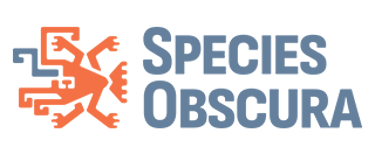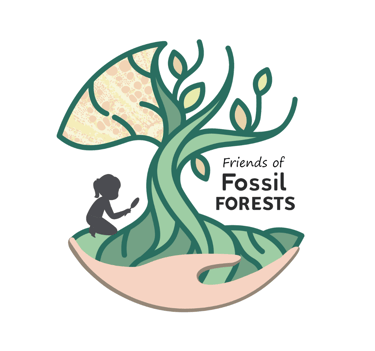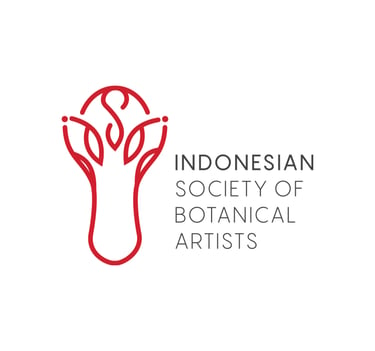All around the world, we are surrounded by ‘living fossils’. You may have heard of the animals or mighty T-rex, but… who would’ve guessed that today, we still can find Jurassic flowers and fruits?! This project, brought proudly to you by Species Obscura and Friends of Fossil Forest, would like to introduce various plants that have lived among us since prehistoric times. Preserving them through art is our approach to inviting you to appreciate nature in a way that is pleasing to our eyes – in limited stocks!
Creative Director: Franz Anthony
Artists: Alwan Syah, Anargha Setiadi, Franz Anthony, Hani Ristiawan
Merchandiser: Puspita Insan Kamil


GOODS • GOODS • GOODS • GOODS
Inspired by traditional herb drinks favored by many Indonesians, we envision mocking the iconic cultural beverage heritage using the living fossils of ginger and ginkgo.


Ginger
Imagine sipping a warm ginger drink alongside a sweet cake on a nice afternoon. Did you know that many plants in the ginger family have existed since the age of the dinosaurs? The oldest known ginger, Spirematospermum, is over 80 million years old. The ginger family is known for their uses as spices or folk medicine all across Asia. Ask your grandma if you don’t believe us.
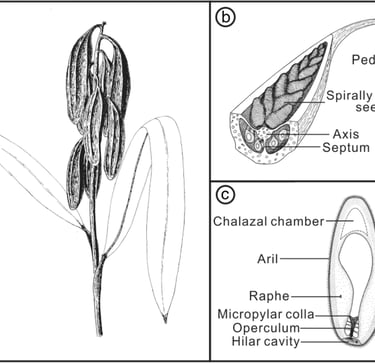



Ginkgo
Often referred to as a living fossil, Ginkgo leaves are the last of their kind still alive today. The plant genus Ginkgo dates back to 170 million years ago, while the much more diverse group of Ginkgoales started sprouting more than 300 million years ago. Go to a nearby Chinese medicine shop and confirm that this plant has been used in traditional medicine.
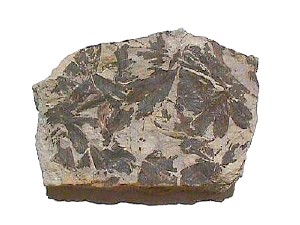



artworks
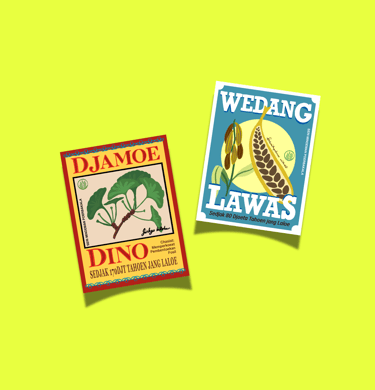

stickers
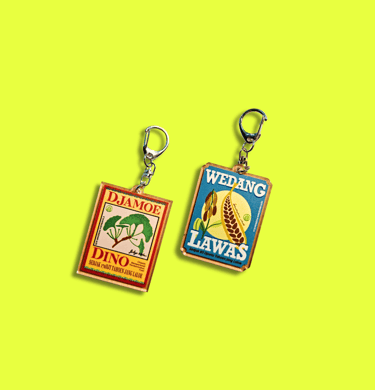

acrylic keychain
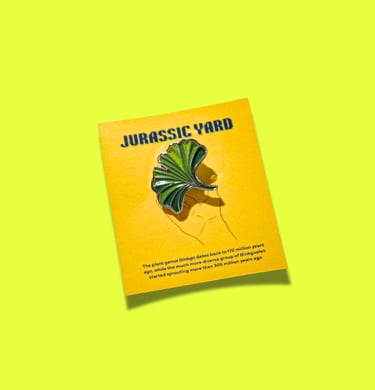

lapel pin
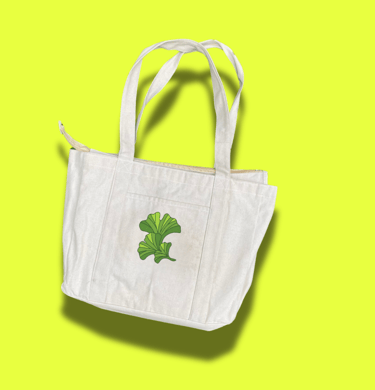

zip tote bag
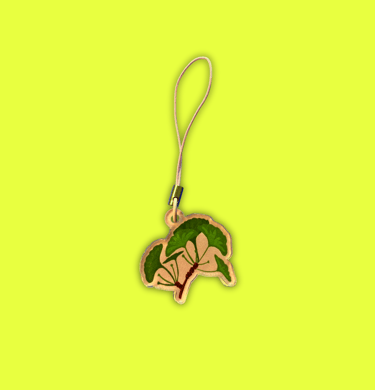

phone charm
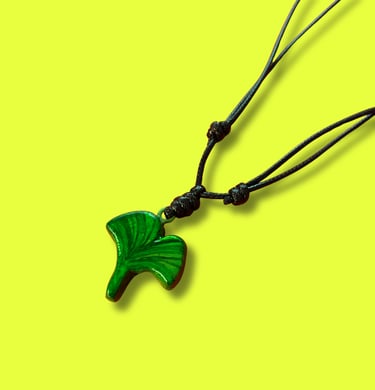

clay necklace
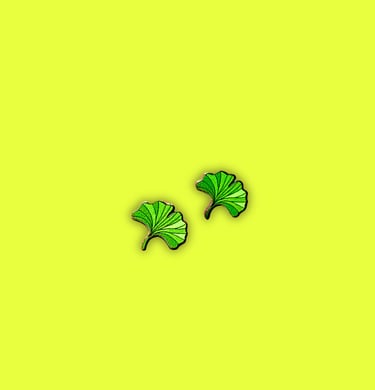

acrylic earring
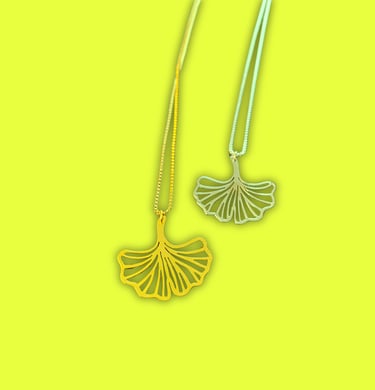

titanium necklace
Does eating a fossil make you feel old? Well, if you are Indonesian, then you must know these three plants closely and might eat them on a regular basis. Next time you eat them, remember that a vegetarian dinosaur might have eaten them too in the past.


Pisang
Bananas are a staple in many parts of the world today. One of the oldest known fossil bananas, Ensete oregonense, lived 43 million years ago, although fossil pollen suggests that it could’ve lived alongside the dinosaurs over 65 million years ago. Bet the dinosaurs would order banana smoothies on a hot day and banana fritter for afternoon snack, too!
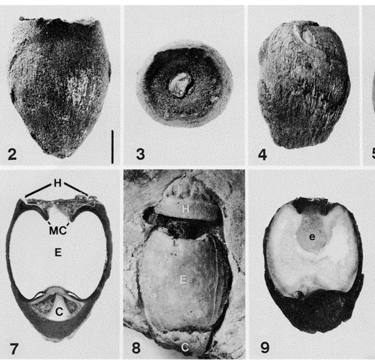



Melinjo
If you favor a mouth-watering soto for lunch today, emping is a perfect companion. A traditional snack made of the fruit of Melinjo (Gnetum gnemon), a unique plant with very few living cousins today, emping is proof of how creative we are with the species. Though Gnetum fossils have proven to be elusive, it’s expected that they must’ve been around 66 million years ago. Imagine eating 66 million-year-old crackers for lunch! What a feast!
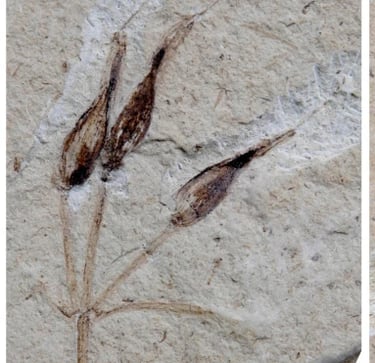

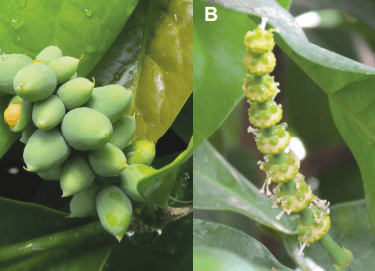

artworks
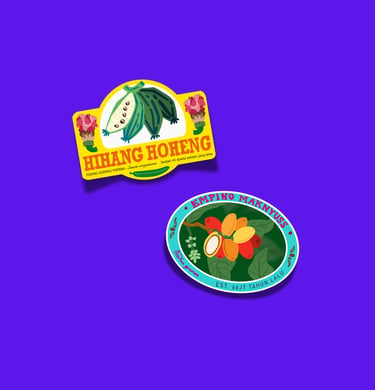

stickers
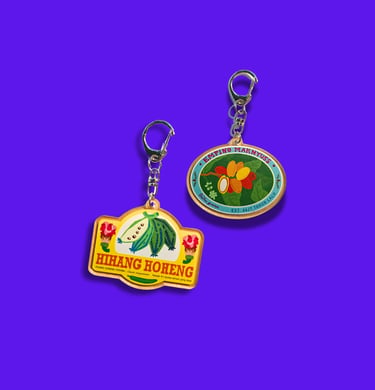

acrylic keychain
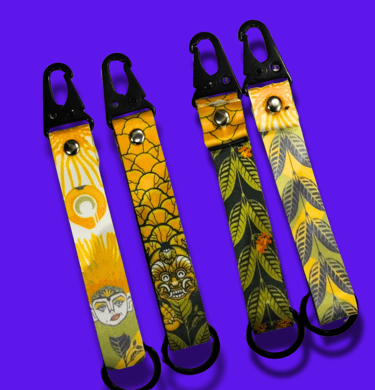

carabiner
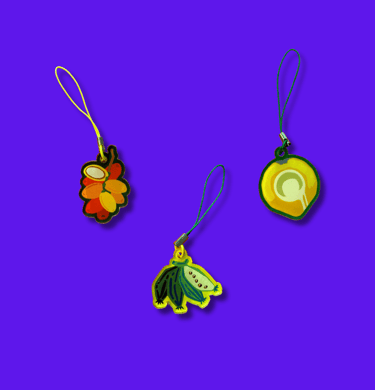

phone charm
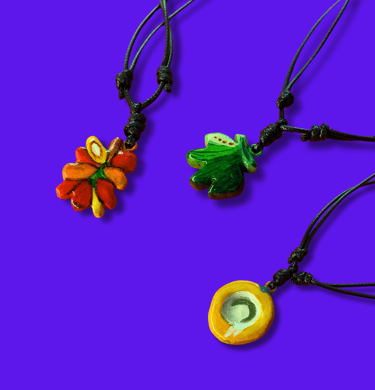

clay necklace
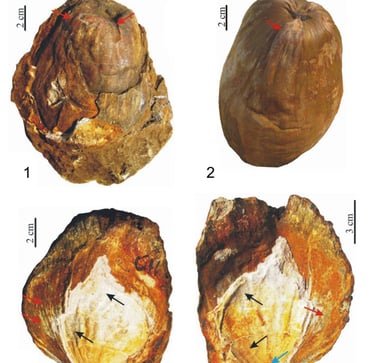



Kelapa
Coconuts (Cocos nucifera) are the quintessential symbol of the tropics, and the milk extracted from their flesh provides luxurious creaminess to so many dishes across the equator. The Betawinese of Jakarta also decorate their Ondel-Ondel effigies with colorful headdresses representing coconut blossoms. As it turns out, fossils from the genus Cocos have been discovered in rocks as old as 70 to 60 million years! There’s a fair chance there were coconut ancestors growing alongside the very last dinosaurs.
The word “fossil” might bring your mind to something old, dusty, or ancient. But these plants proved that their preserved beauty still mesmerizes us today.


Meranti
Indonesia is rich in fossil wood, most of which is members of the dipterocarp family, famous for their winged seeds. You might watch somewhere on TikTok when the seeds fall and it makes a movement like a fallen badminton shuttlecock (do you have a better way to say this???!) Many dipterocarps are still living today, like Meranti (genus Shorea), which are also known to be economically important timber trees. Check your chair at home, it might be made of Meranti wood.
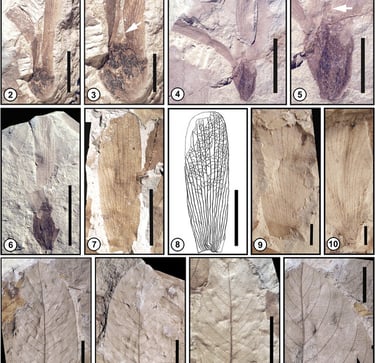

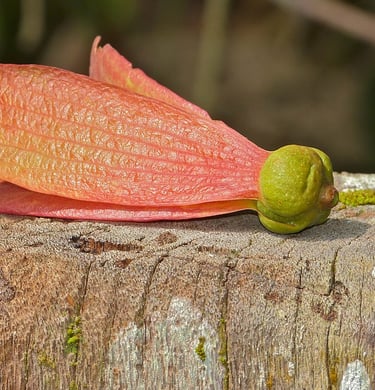

Pekak
Kembang Lawang/pekak (Illicium) is a common spice plant that not only makes your dish delicious but also represents one of the oldest flowering plant lineages. Its beauty is eternal, and its fossils are commonly found from the Eocene to Miocene epoch (56-5 million years ago), with its relatives dating back to around 100 million years ago.
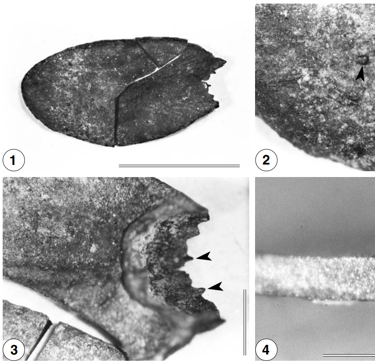



artworks
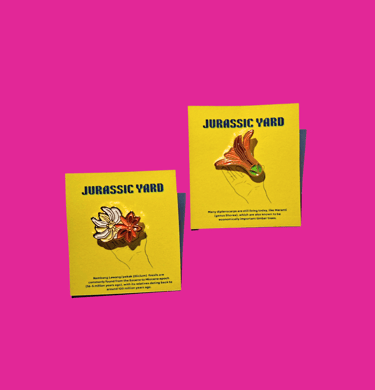

lapel pin
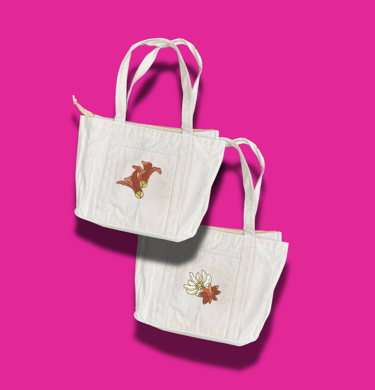

zip tote bag
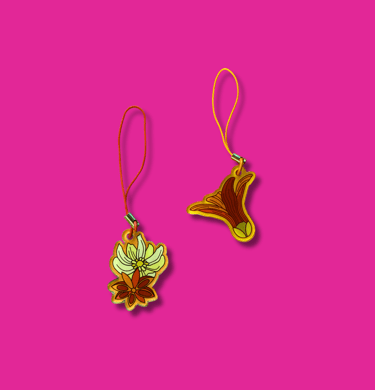

phone charm
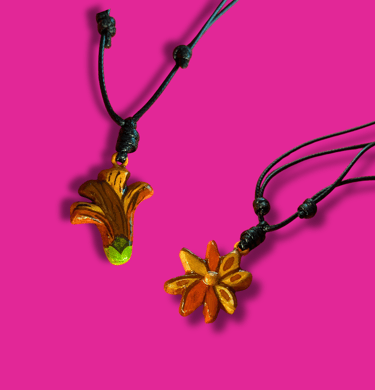

clay necklace
Gondwana, the forerunner of the southern continents (South America, Africa, Antarctica, Australia, Zealandia, and India), became the key point of origin of the plants we know today, especially in the Cretaceous period when Gondwana began to break apart.


Phyllocladus hypophyllus (Podocarpaceae)
Fossil records of both pollen and macrofossils indicate relatives Phyllocladus distributed from West Antarctica, Australia, New Zealand, and Patagonia in the early Tertiary period, indicating the origin of this genus from Gondwana. Based on phylogenetic analysis, the ancestors of Phyllocladus estimated separated from all genera in the Podocarpaceae family 195 million years ago. Morphologically, the shape of its "leaf" at first glance reminiscent of celery leaves. Actually, this leaf-like organ is a flattened branching system and is the main photosynthesis organ (called phylloclades) while the true leaves are reduced to a kind of scales.
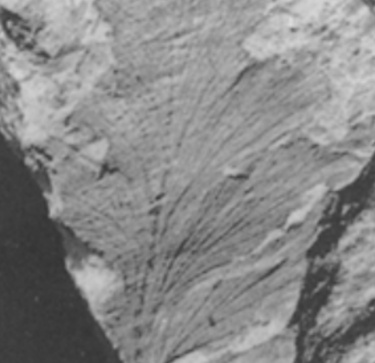

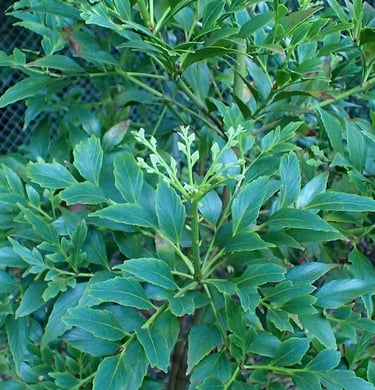

Podocarpus neriifolius (Podocarpaceae)
The success of distribution and diversity Podocarpus (or Podocarpaceae in general) is supported by morphological adaptations such as cones (cone) fleshy which shows the dispersal of seeds by animals, evolved into various types of habitat such as shrubs and trees, and are able to live in less fertile environments. This adaptation and evolution makes Podocarpus able to compete and survive in tropical and subtropical mountain forests now dominated by modern flowering plants.
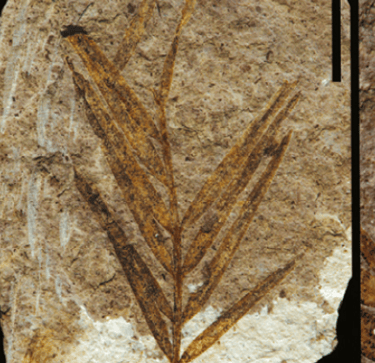

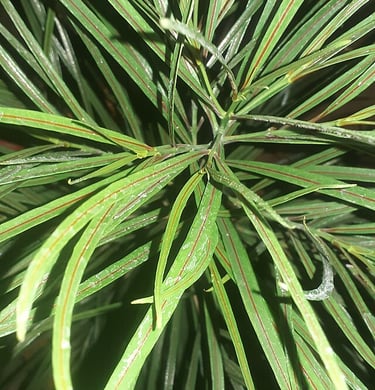

artworks
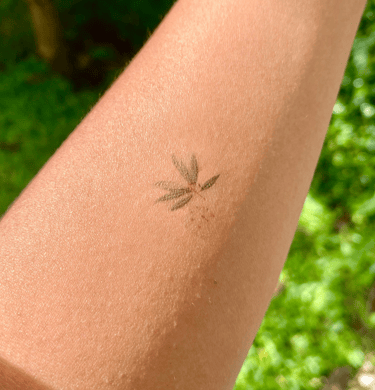

temporary tattoo
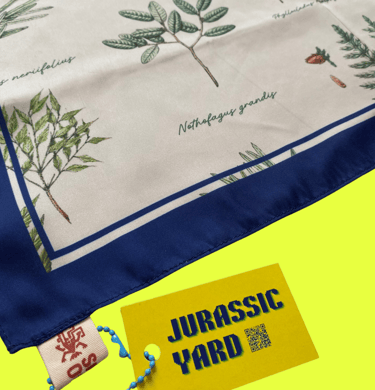

satin scarf
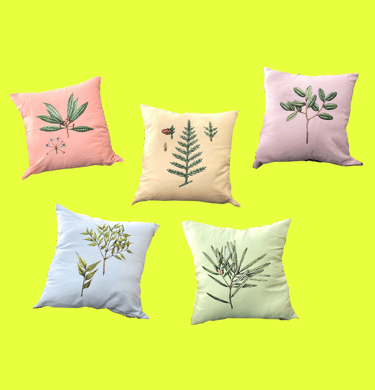

pillow case
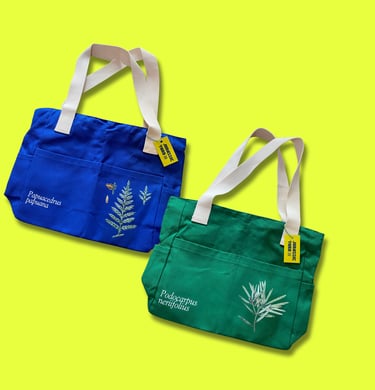

colored tote bag
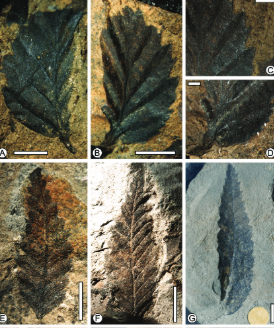

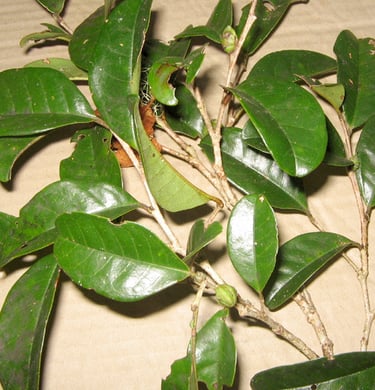

Nothofagus grandis (Nothofagaceae)
Nothofagus (southern beech) is a genus with an extensive fossil record and the extant species are particularly distributed in the southern hemisphere. Today, the genus is distributed in southern South America, New Guinea, eastern Australia, Tasmania, New Zealand, New Caledonia, and the Bismarck Archipelago. The genus evolved during the Late Cretaceous on the Antarctic Peninsula. Migration and speciation of Nothofagus occurred when Antarctica separated from South America and was triggered by cooling at the end of the Cretaceous period.
Papuacedrus papuana (Cupressaceae)
Papuacedrus is a monotypic genera, meaning there is only one species, namely Papuacedrus papuana which are spread across Maluku and Papua in mountainous to sub-alpine forest habitats. Based on fossil records,Papuacedrus found in Argentina from the early-middle Eocene, Tasmania from the early Oligocene, and Antarctica from the early Eocene. The Papuacedrus is thought to have evolved before the early Eocene in the Antarctic Peninsula or southern South America and spread to Australia.
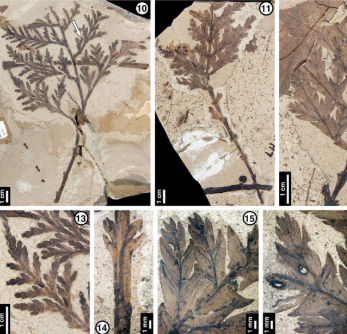

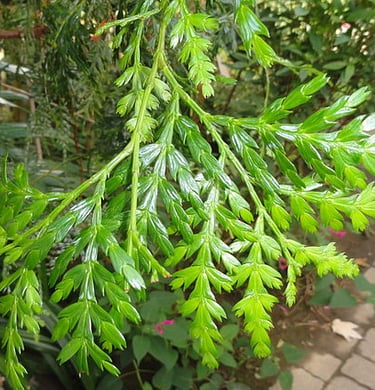

Tasmania piperita (Winteraceae)
Tasmannia belongs to the Winteraceae family, one of the groups of flowering plants that have developed and survived until now by maintaining its ancient characteristics, not having xylem vessels. Winteraceae probably evolved together when flowering plants "exploded" in the early Cretaceous period (approximately 127 million years ago). This family now has a limited distribution in the southern hemisphere, as an area where this family developed and diversified especially when Gondwana began to break apart.
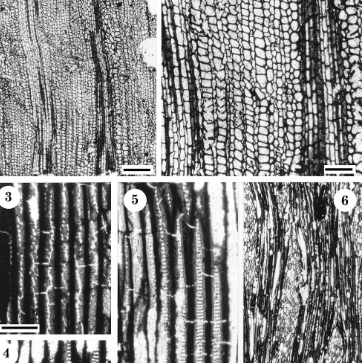

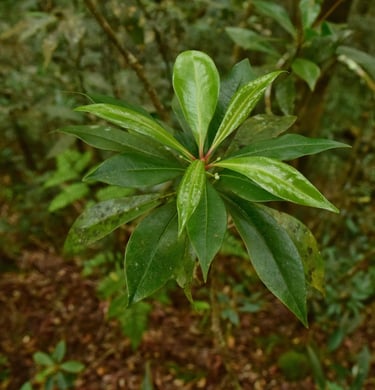

The first rollout of this merchandise set will be at Ragam Flora Indonesia 5 Art Jam Event (May 31st, 2025) by IDSBA (Indonesian Society of Botanical Artists), in Bogor Botanical Garden, as a part of Botanical Art Worldwide 2025.
The rest of the stock is now available at Bogor Naturalist, Batoo Farm Adventure, Etukart, and Ourchetype. Eighty percent of the profits go to petrified wood and underrepresented animals conservation efforts.
This collaboration is brought to you by
Image Credits © Koch & Friedrich, 1971; Manchester & Kress, 1993; Hou et al., 2015; James Field; Bernard Dupont; Feng et al., 2013; Oh et al., 2002; Pole, 1992; Quirogaet, al. 2015; Kenraiz Krzysztof Ziarnek; Yogdes; Panti, 2019; Barry Conn & Kipiro Damas; Wilf, et al., 2019; Daderot; Poole & Francis, 2000; epilobium_heliophile; Rydin & Friis, 2010; Unsplash

Contact Us
Jl. Duren 1 No.2 RT003/RW009 Depok, Jawa Barat 16434, Indonesia
© 2024 Species Obscura Registered Non-profit Nomor AHU-0001312.AH.01.04.Tahun 2025
Privacy Policy
